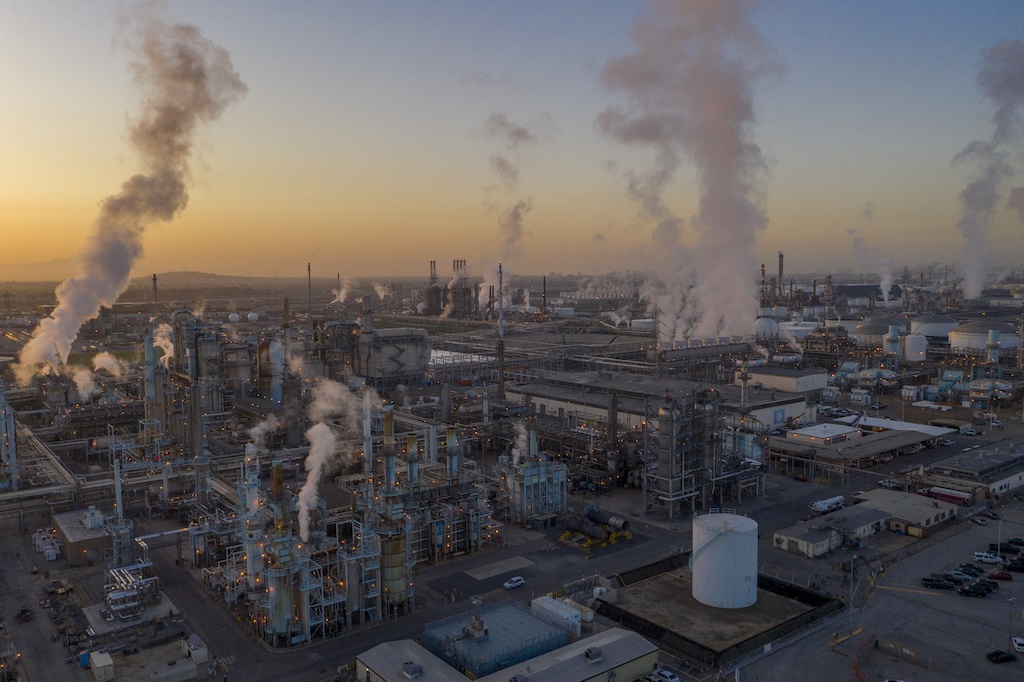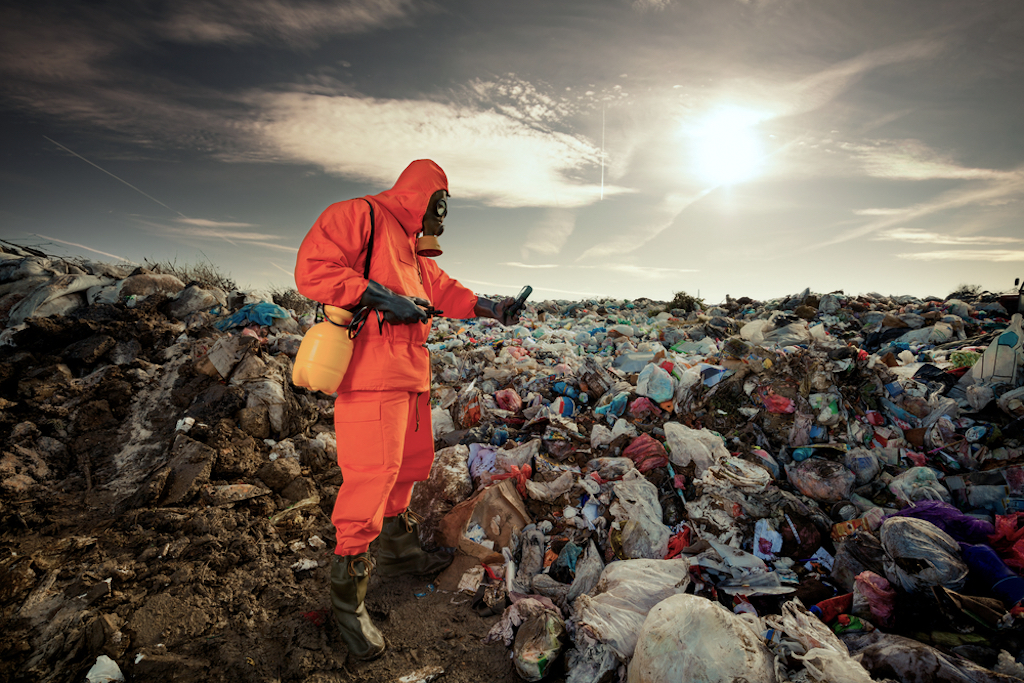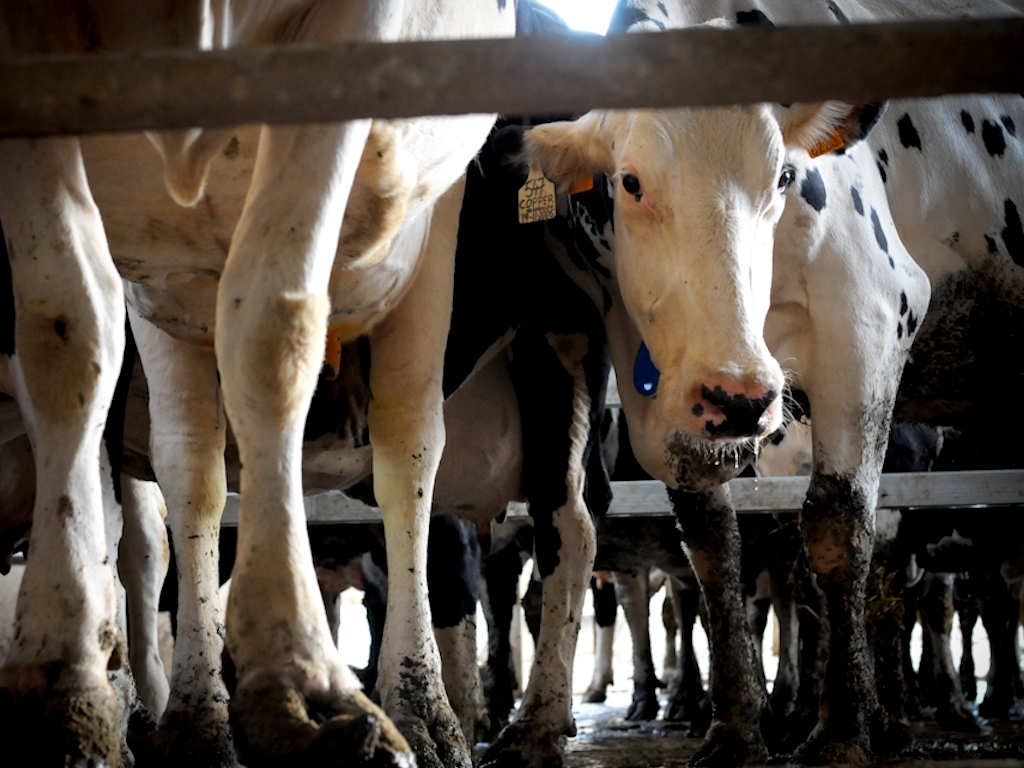4 Mins Read
Reducing human-caused methane emissions by 45% by this decade could put the Paris agreement goal of keeping temperature rise below 1.5 degrees Celsius within reach, finds a new U.N. report. Representing the first comprehensive examination of the cost and benefits of methane mitigation, experts in the report conclude that taking “urgent steps” against methane emissions would be the “strongest lever” to slow down the climate crisis.
Published by the U.N. and the international partnership Climate and Clean Air Coalition (CCAC), the new Global Methane Assessment finds that drastically cutting methane emissions could put the Paris goals within reach. According to the research, a 45% reduction in methane emissions would translate to avoiding nearly 0.3°C of global warming by 2045.
Previously, scientists have warned that our planet is already “committed” to global heating in excess of 2°C from the greenhouse gases already emitted into the atmosphere, offering little hope that the Paris accord can be met.
Methane is a greenhouse gas that is 84-times more potent than carbon dioxide within a 20-year time frame. According to the report, around 42% of anthropogenic methane emissions come from the agricultural sector – primarily livestock farming, due to the burping and manure from animals, as well as paddy fields from rice cultivation, though the latter accounts for a far smaller portion compared to animal agriculture.

Cutting methane is the strongest lever we have to slow climate change over the next 25 years and complements necessary efforts to reduce carbon dioxide.
Inger Anderson, Executive Director, UNEP
Another large source of methane is from the dirty energy sector, with fossil fuel drilling sites, coal mines and pipelines responsible for around 36%, while waste dumps account for 18%.
The new report is the first time that experts have integrated the climate and air pollution costs and benefits associated with methane mitigation. In addition to limiting global temperature rise, the 45% cut in methane emissions would also translate to avoiding 260,000 premature deaths and 775,000 asthma-related hospital visits associated with air pollution.
Experts also calculated a whopping 73 billion hours of lost labour from extreme heat would be recovered if we took action on methane emissions, as well as saving 25 million tonnes of crop losses.
“Cutting methane is the strongest lever we have to slow climate change over the next 25 years and complements necessary efforts to reduce carbon dioxide,” commented Inger Andersen, executive director of the UNEP.
“The benefits to society, economies, and the environment are numerous and far outweigh the cost. We need international cooperation to urgently reduce methane emissions as much as possible this decade.”

To achieve global climate goals, we must reduce methane emissions while also urgently reducing carbon dioxide emissions.
Dr. Drew Shindell, Professor of Climate Science, Duke University
These findings were assembled by an international team of scientists who used climate models and policy analyses to figure out the national-level, regional-level and global and local costs and impacts of methane mitigation.
Some of the regional differences that were noted in the report include varied mitigation potentials, with the waste sector being the most effective target for Europe and India, while China should target methane from coal production and livestock.
In Asia-Pacific, excluding China and India, methane emissions could be substantially tackled by focusing on coal and waste, while the largest potential lies in tackling fossil fuels in North America and Russia. Livestock-related methane has the strongest mitigation potential for African and Latin American countries.
Dr. Drew Shindell, professor of climate science at Duke University and chair of the CCAC assessment, says that the report clearly outlines the necessary steps for countries to take in order to slow down global warming and the disastrous consequences that will flow from continued inaction.
“The good news is that most of the required actions bring not only climate benefits but also health and financial benefits, and all the technology needed is already available,” said Dr. Shindell.
“To achieve global climate goals, we must reduce methane emissions while also urgently reducing carbon dioxide emissions.”
Lead image courtesy of Jo-Anne McArthur / WeAnimals.




